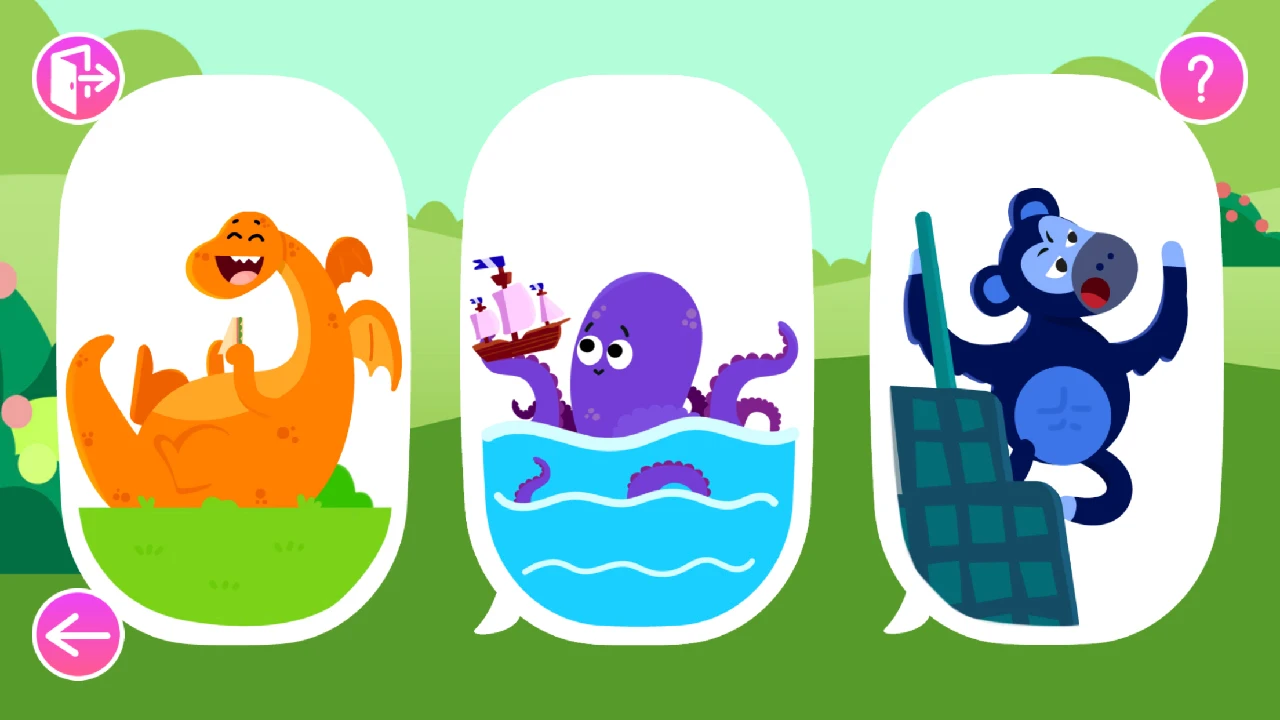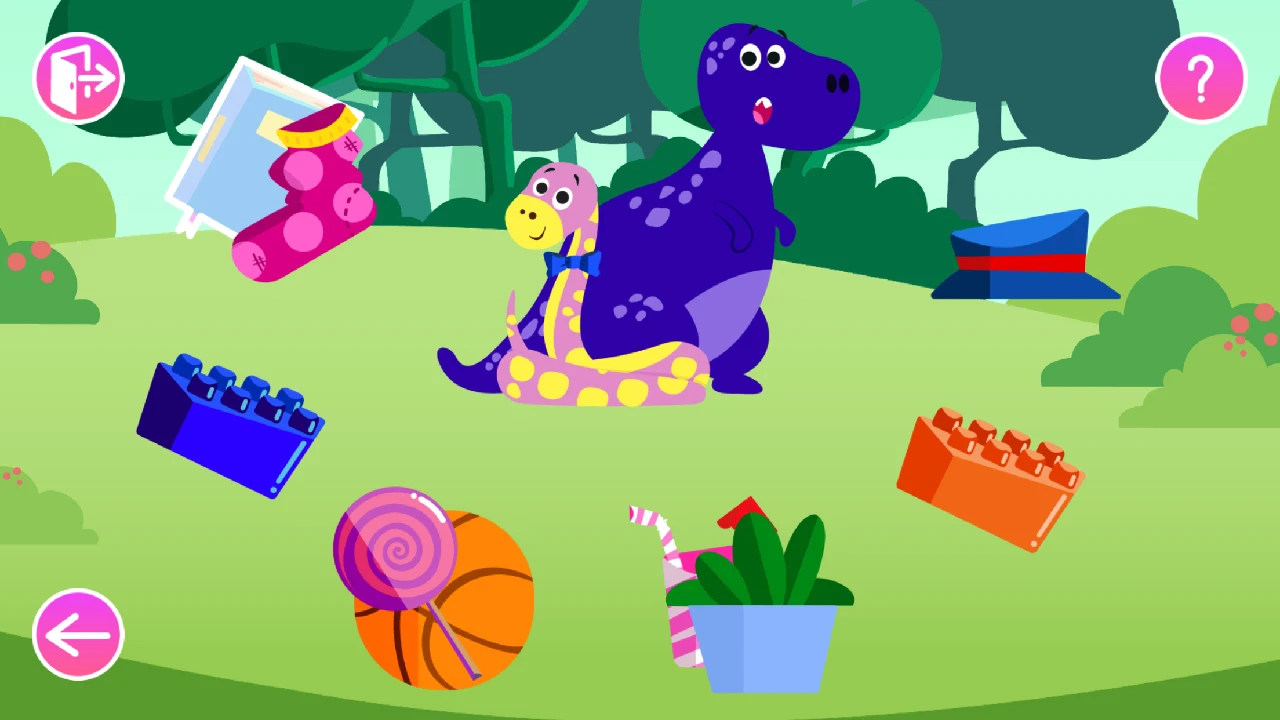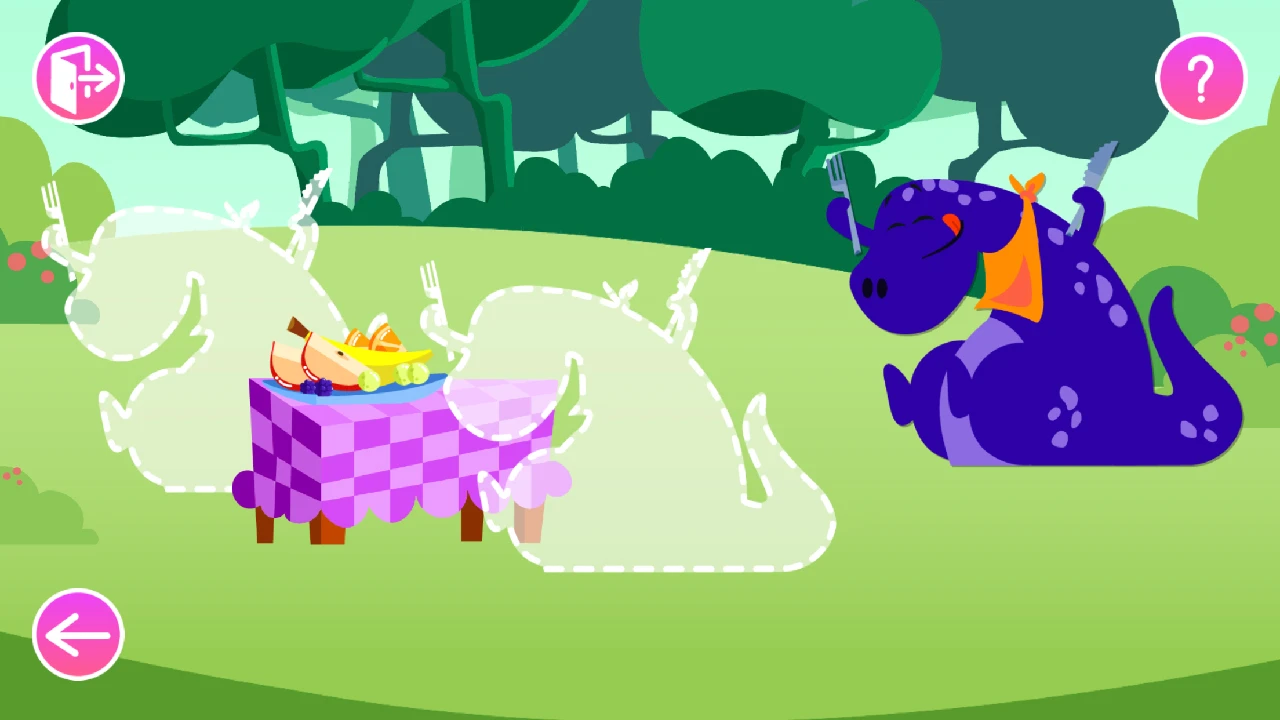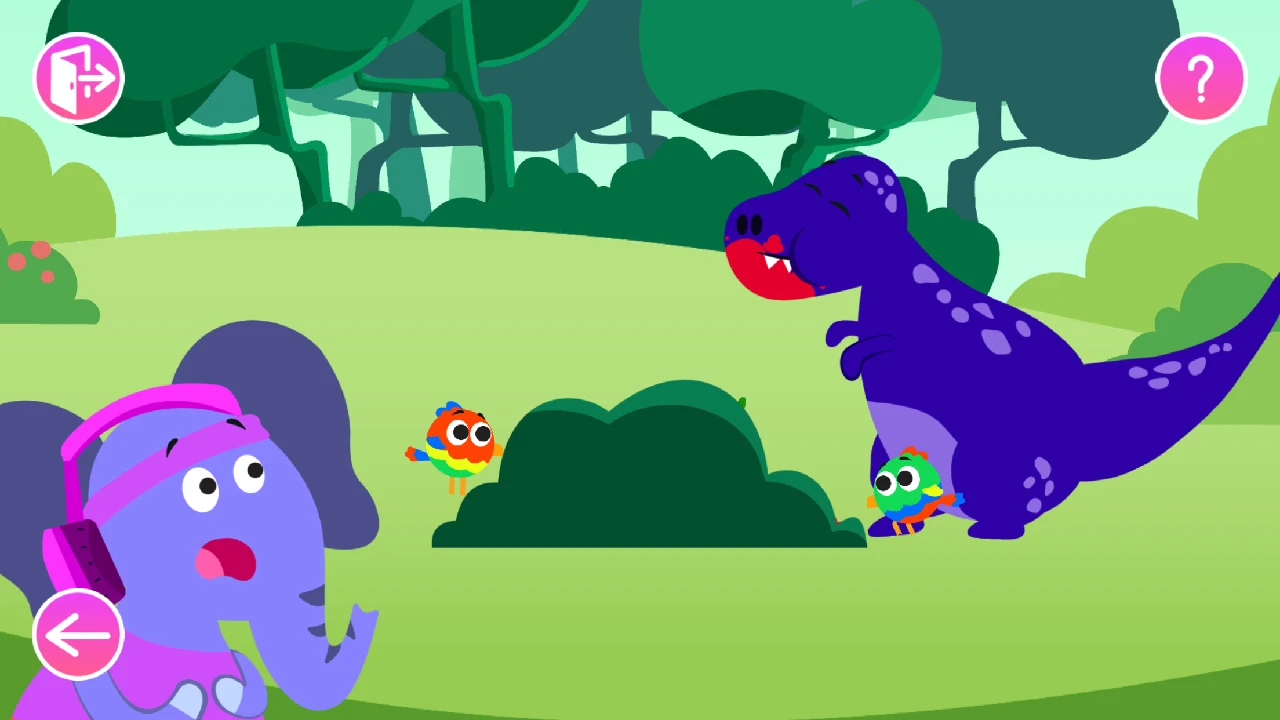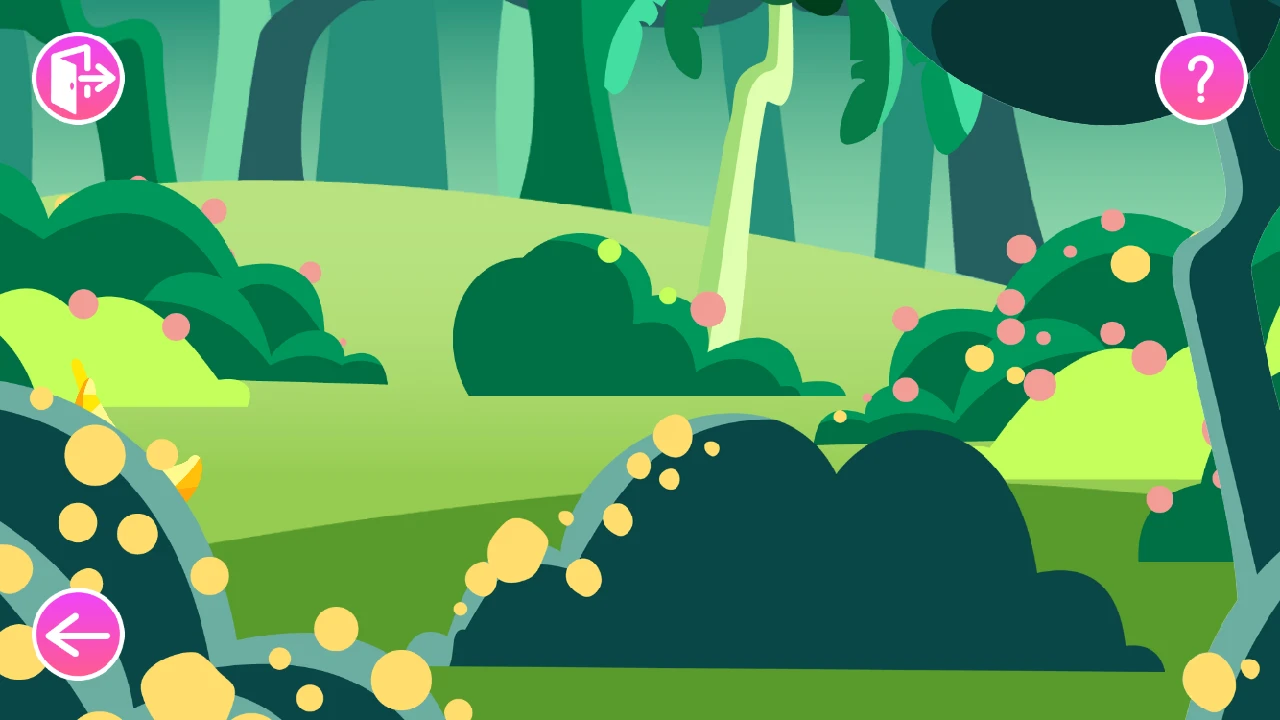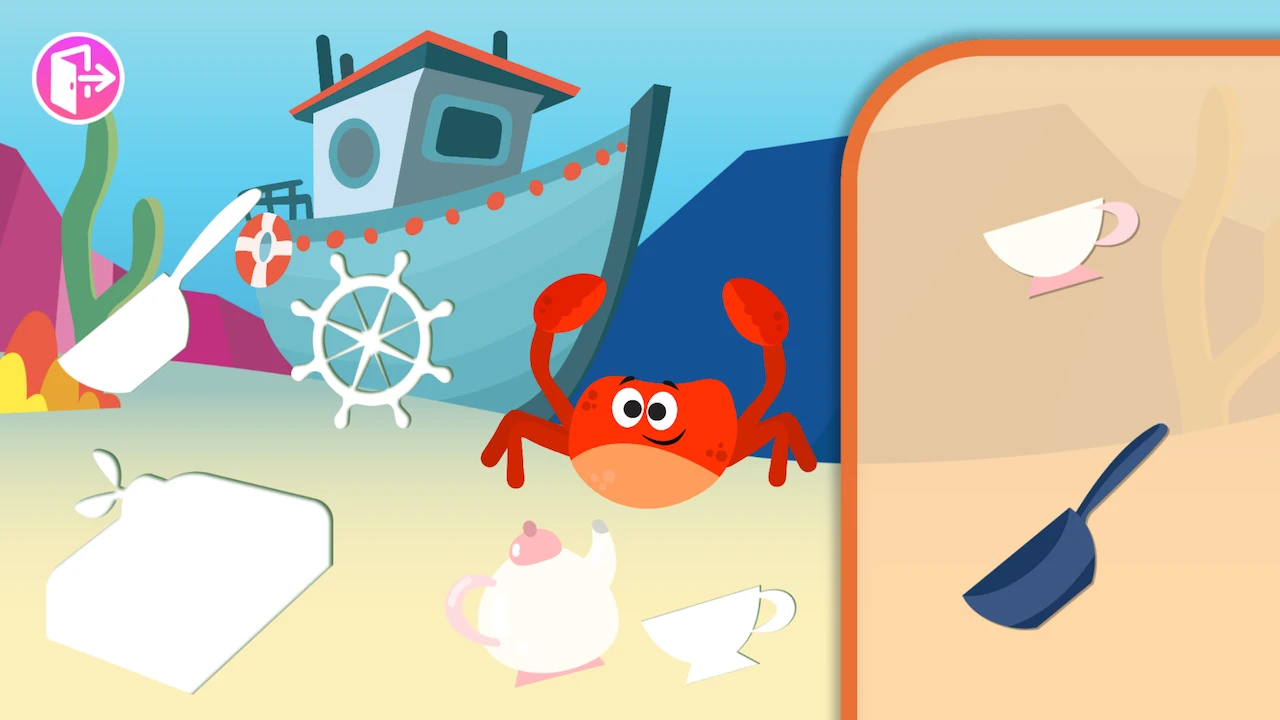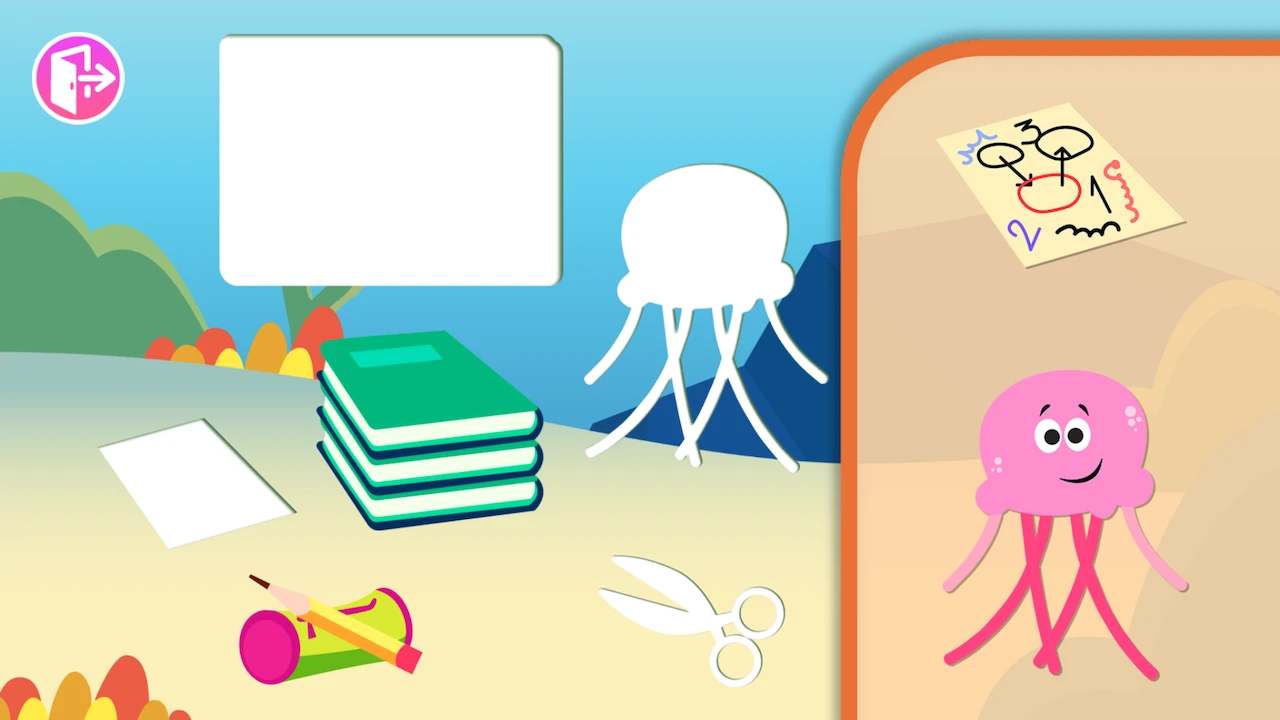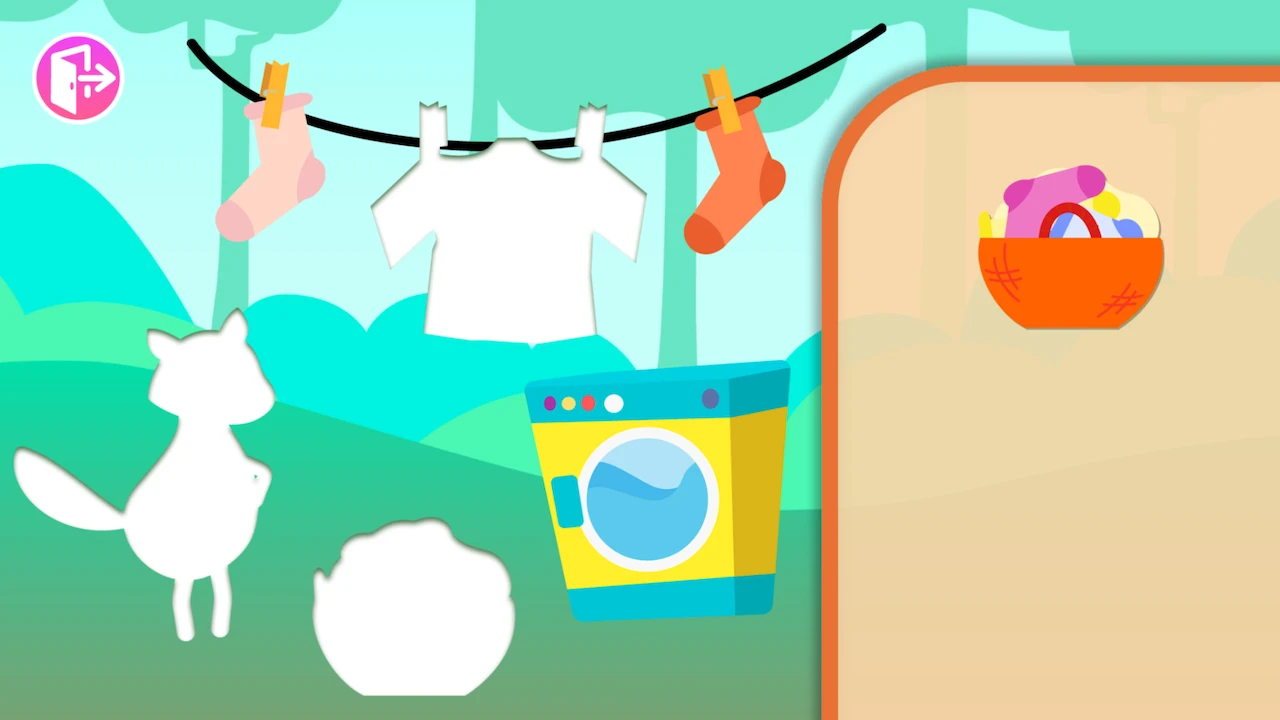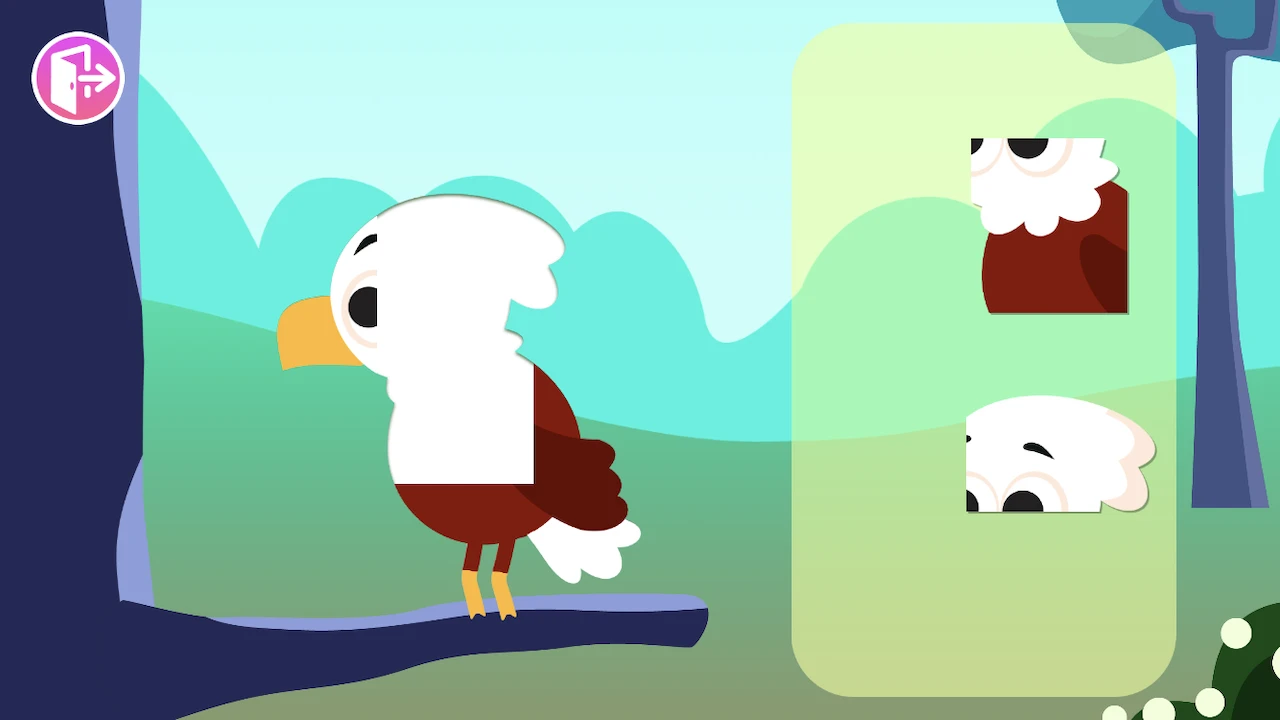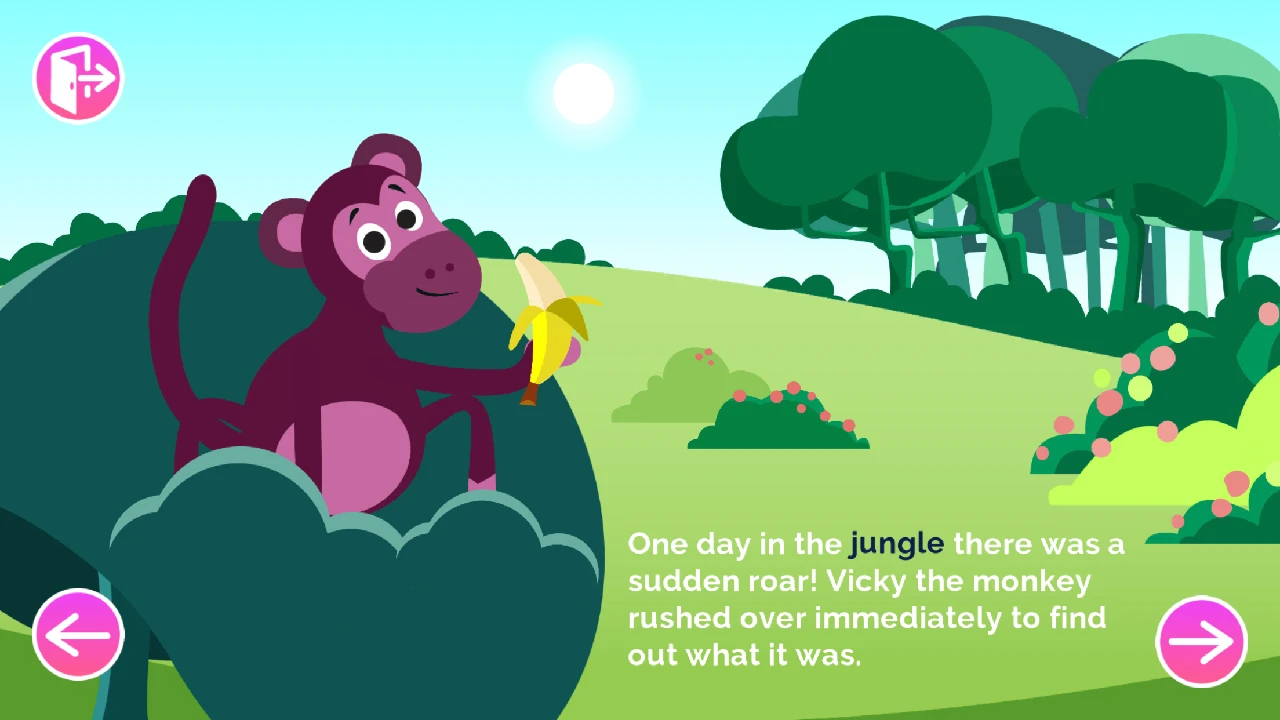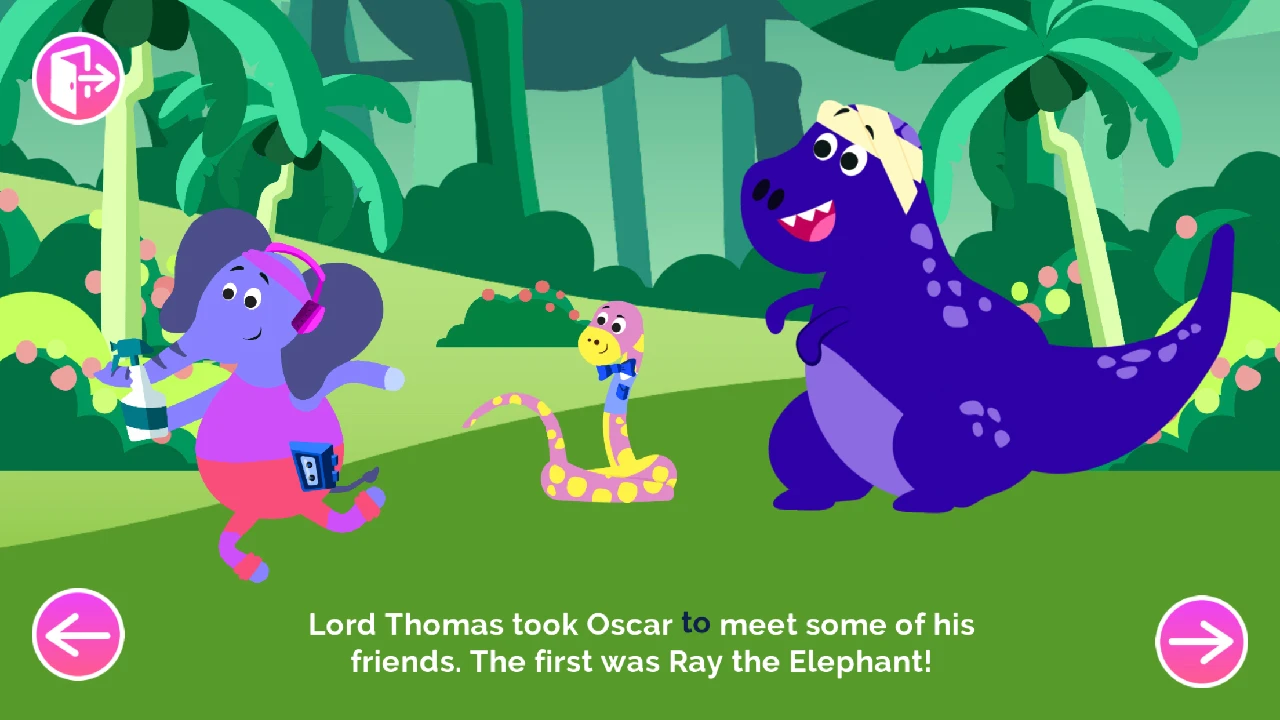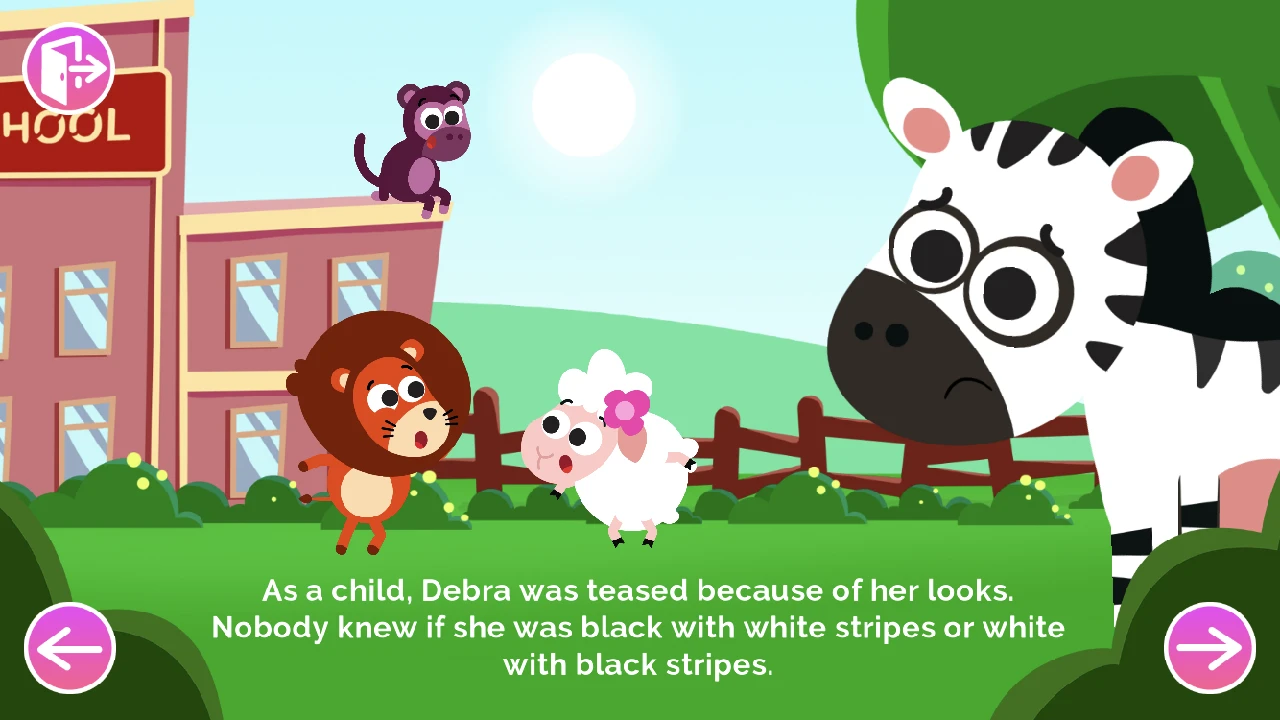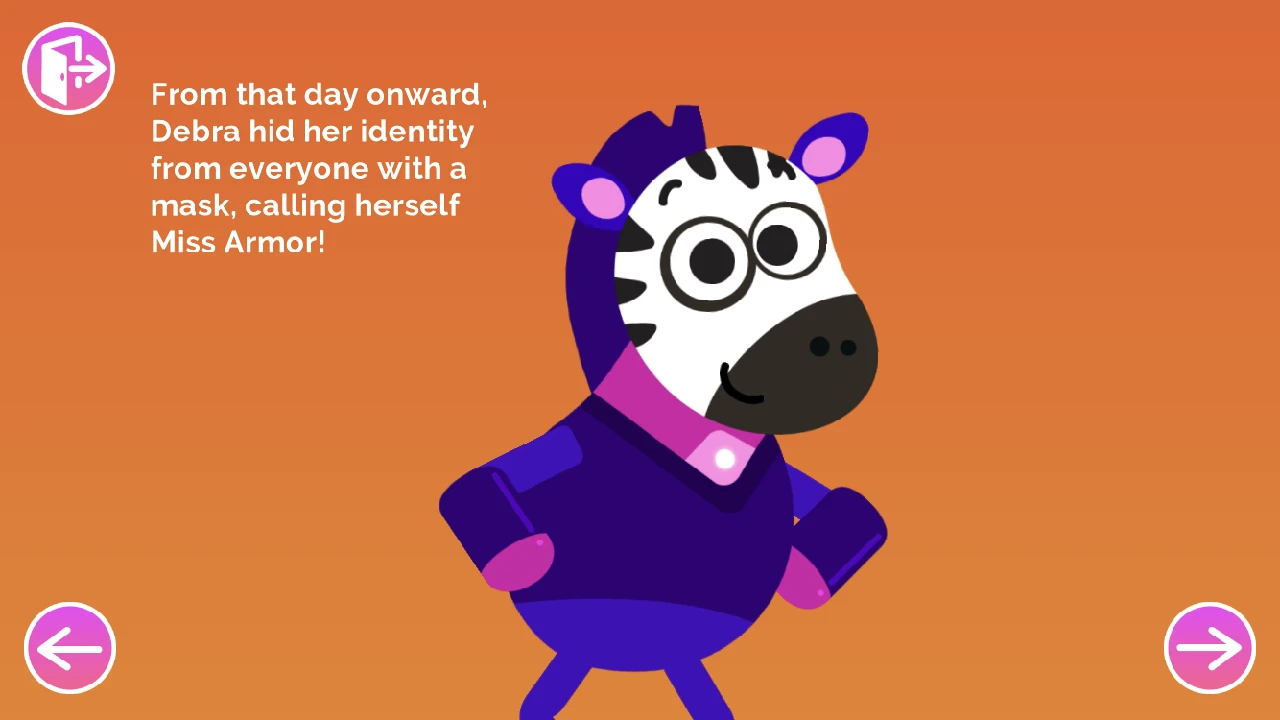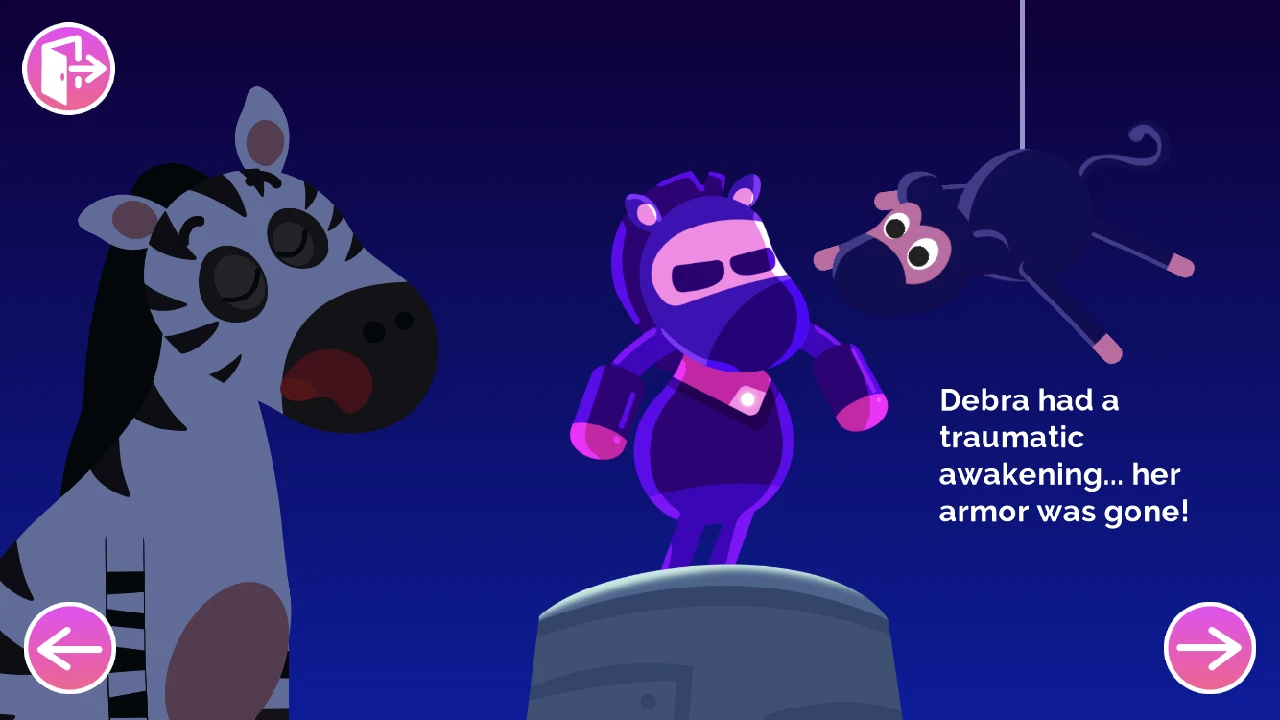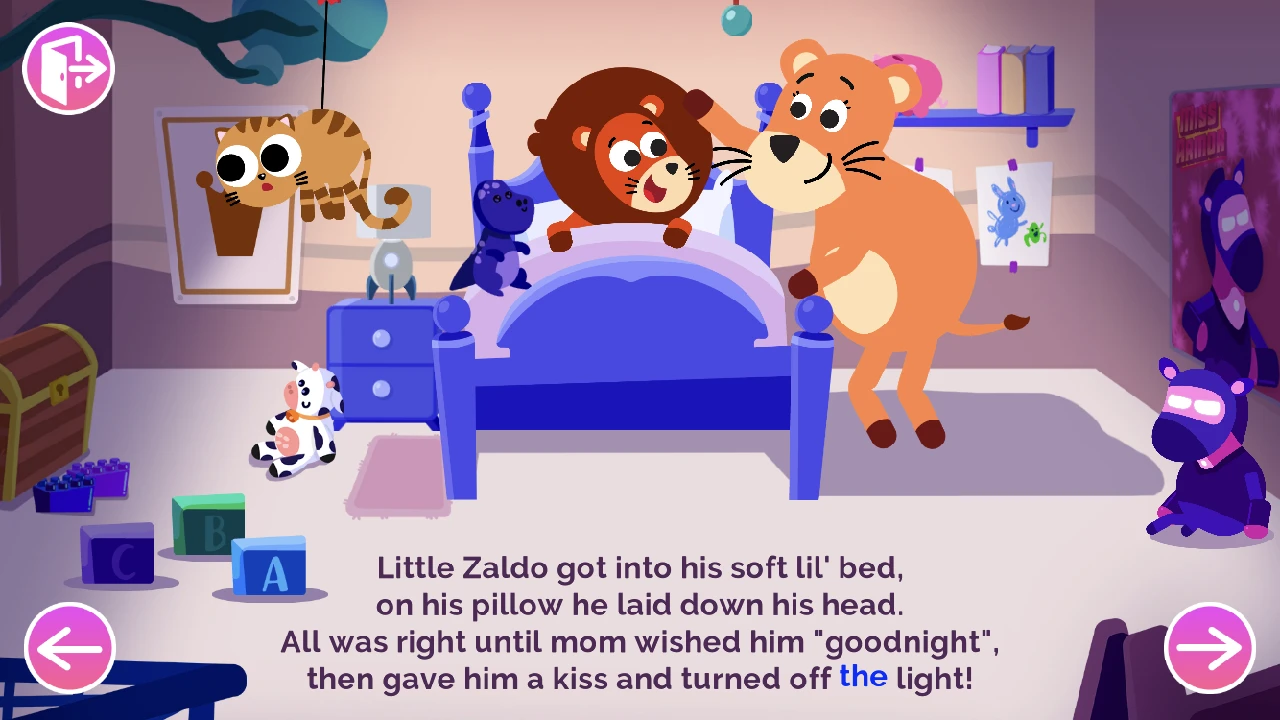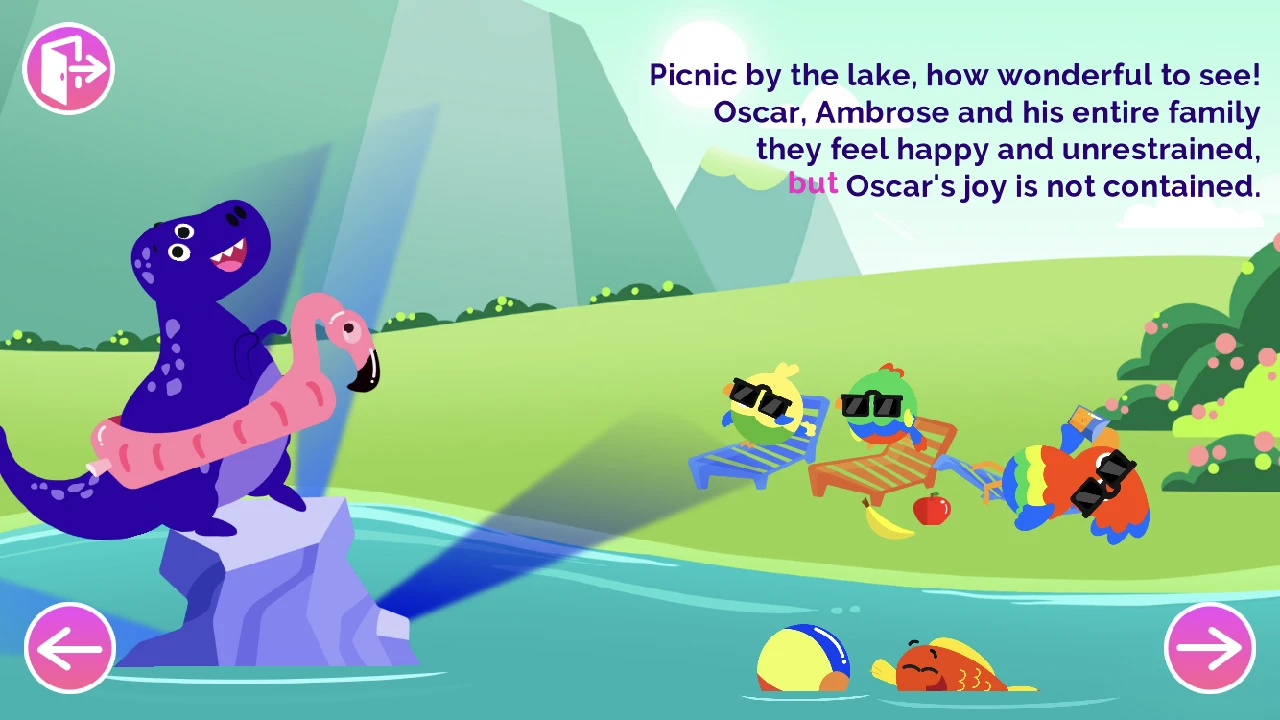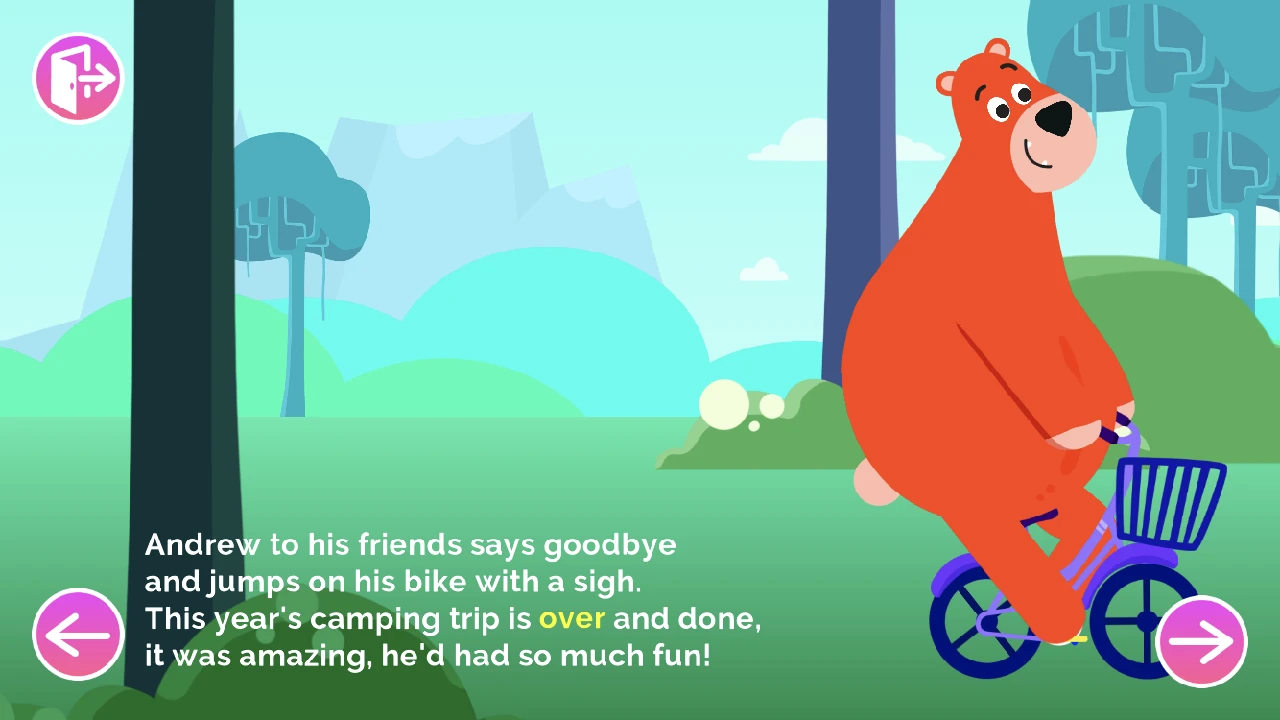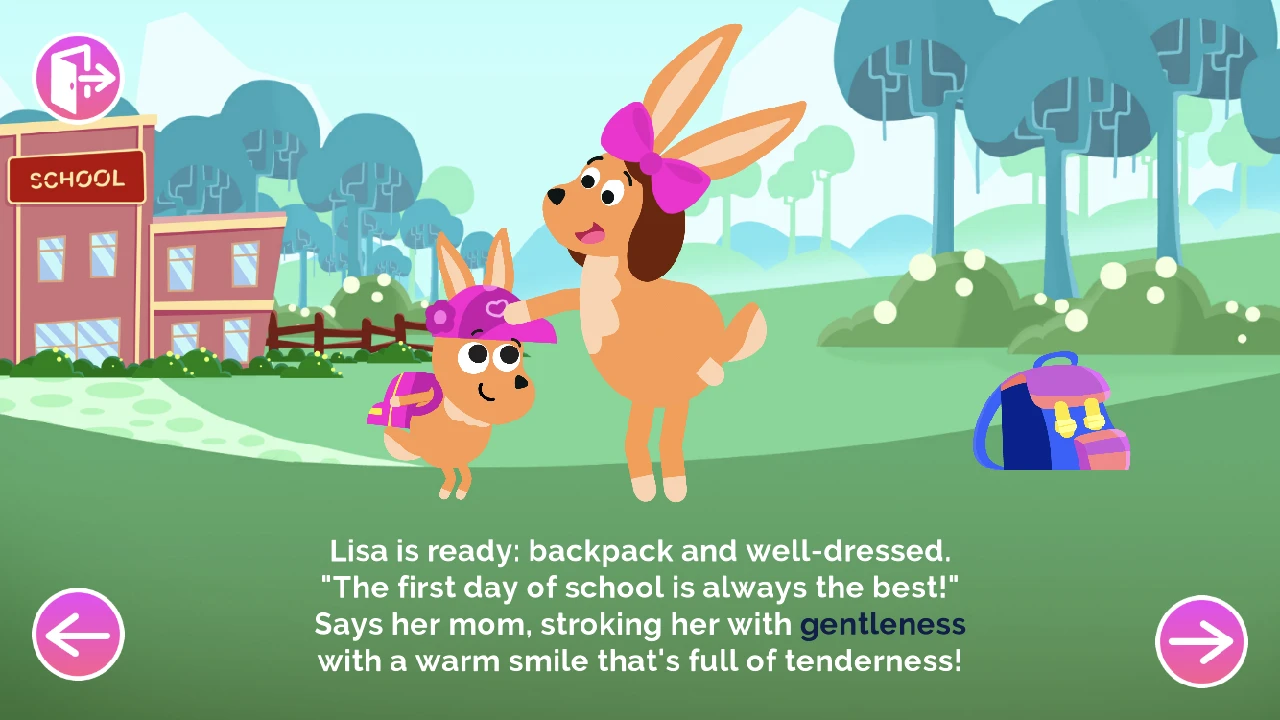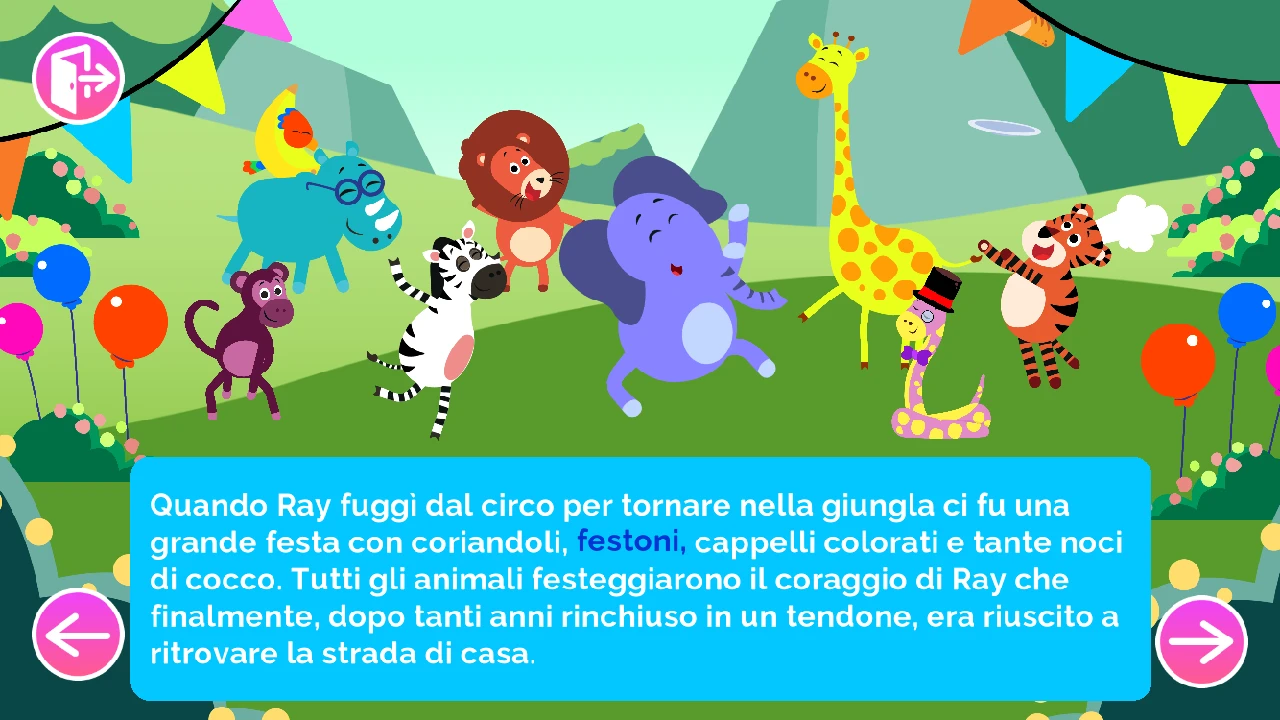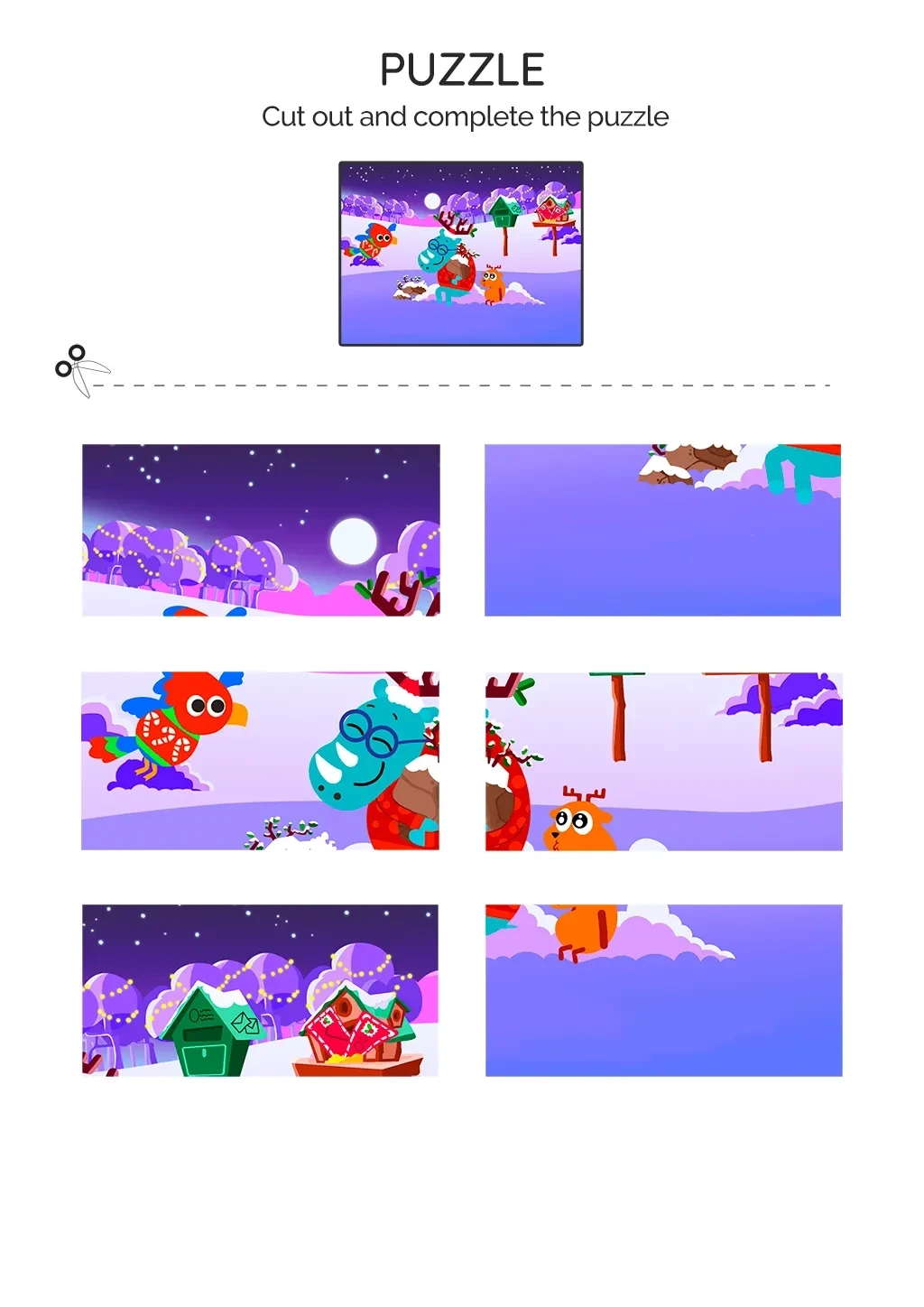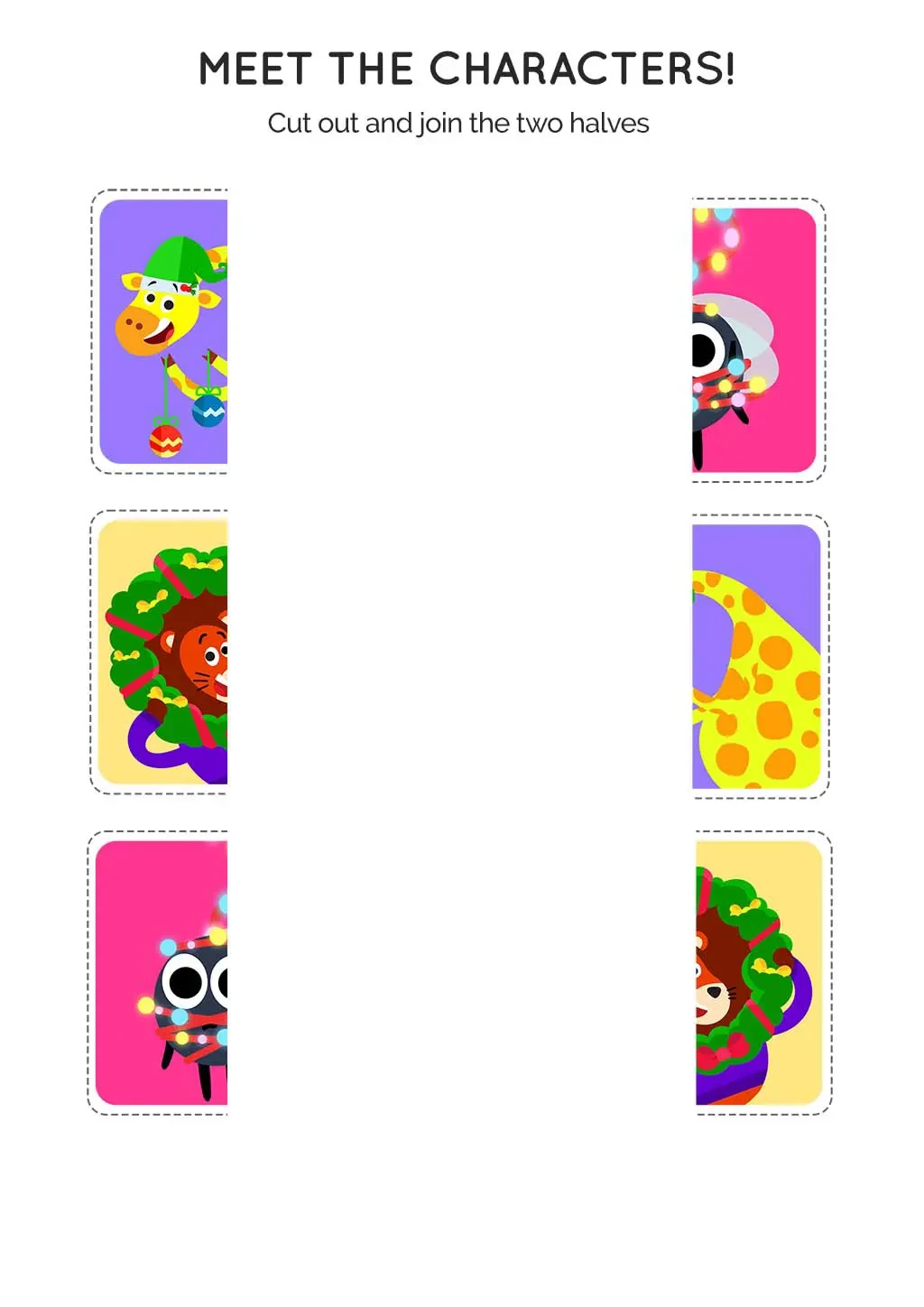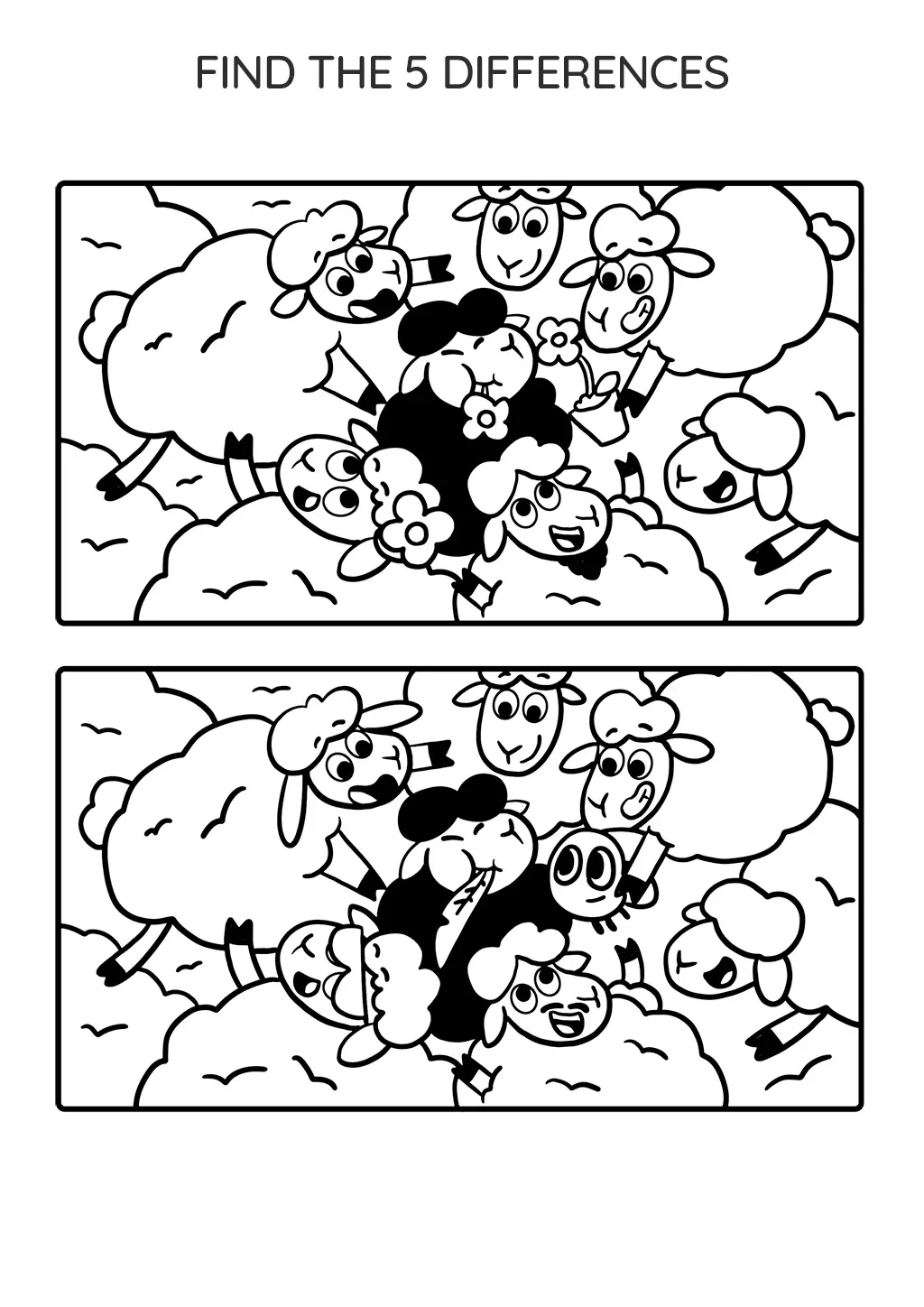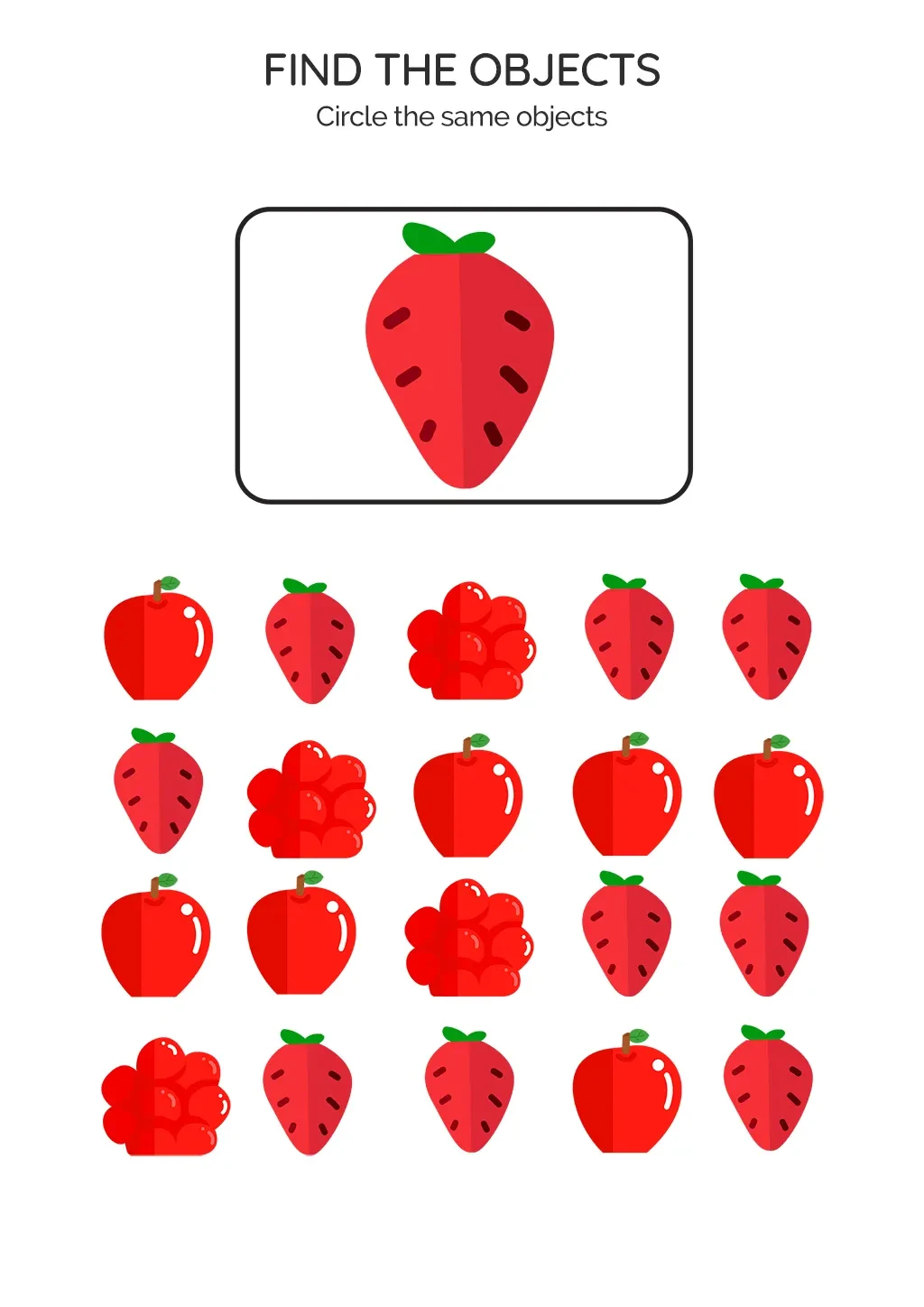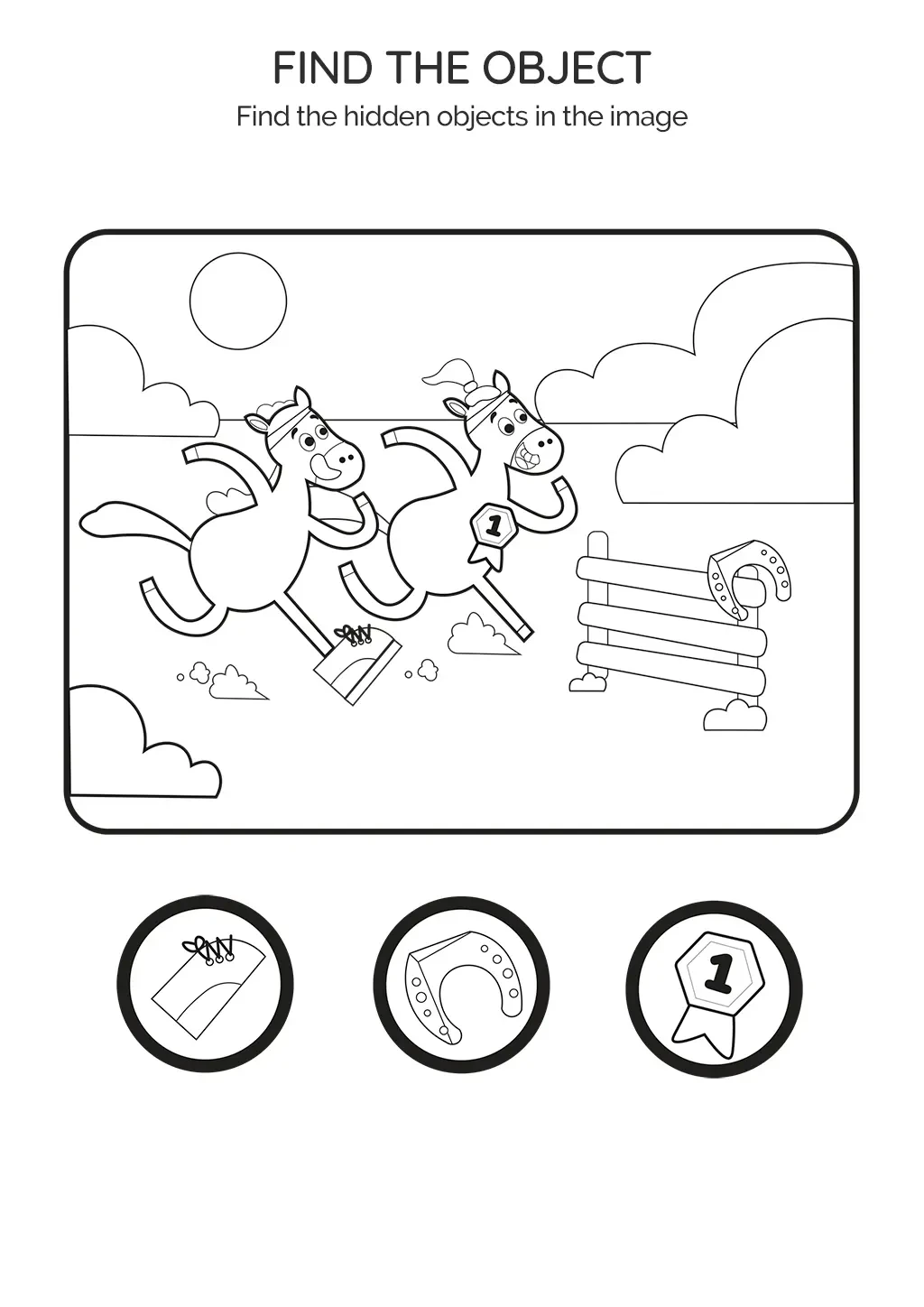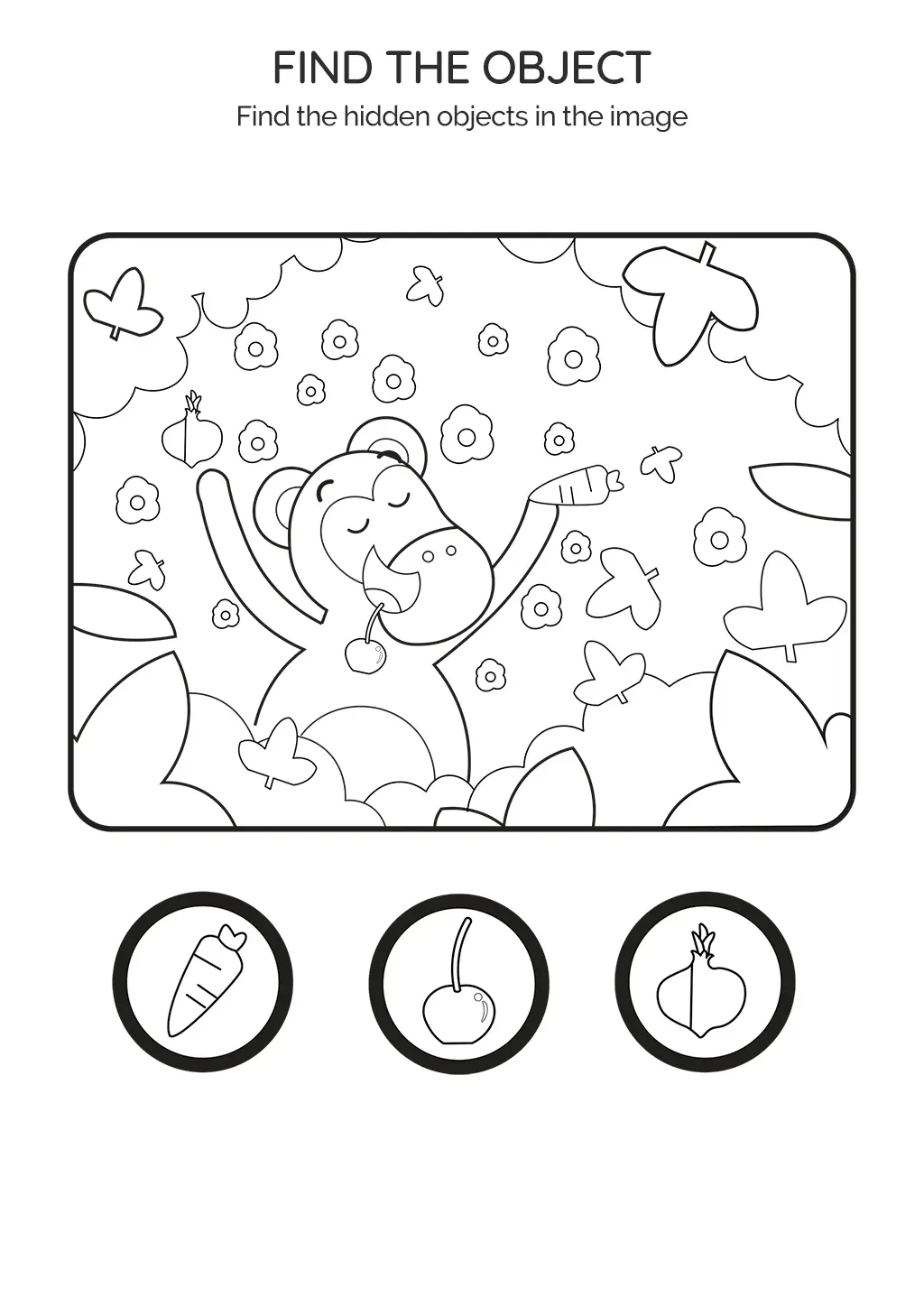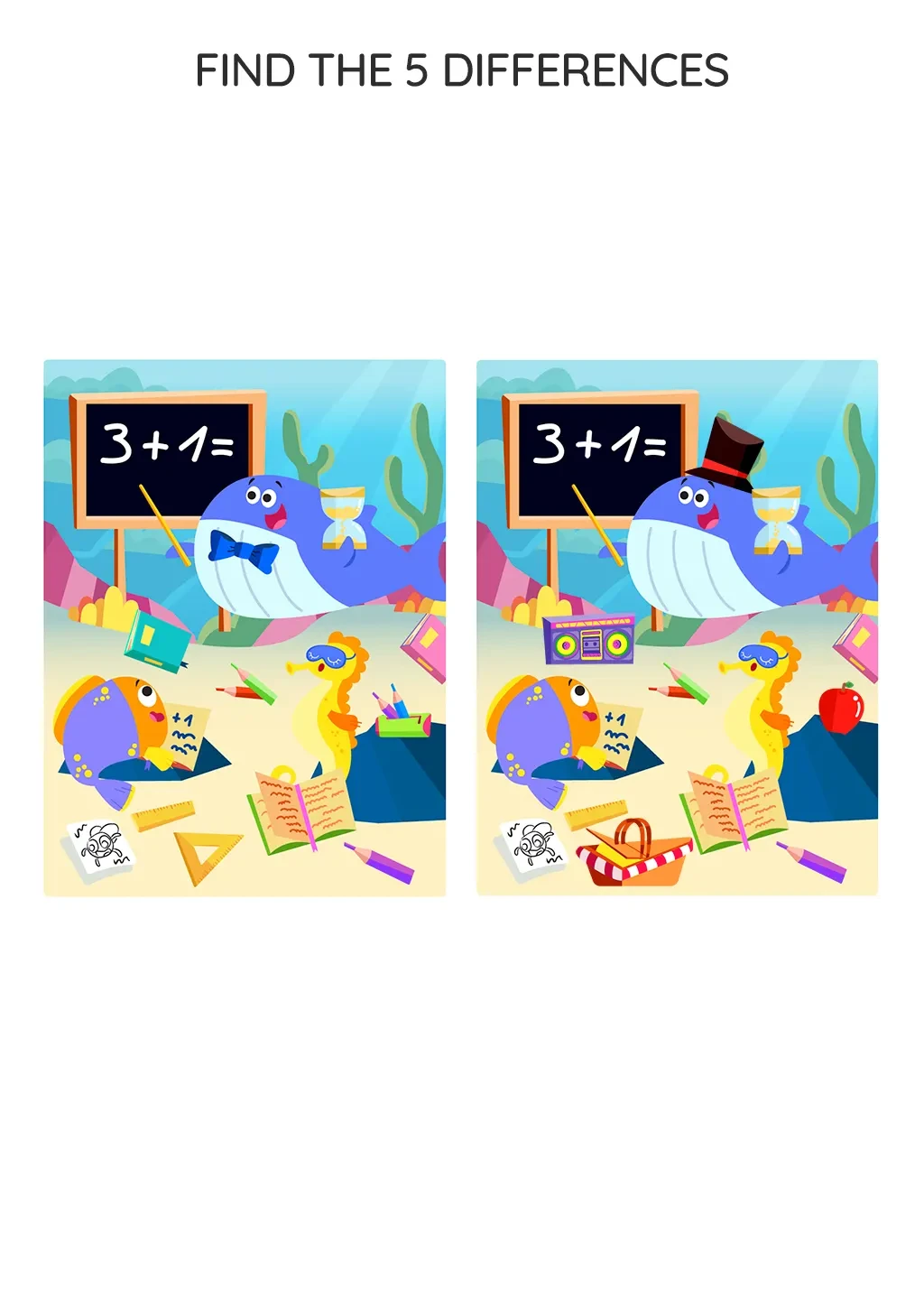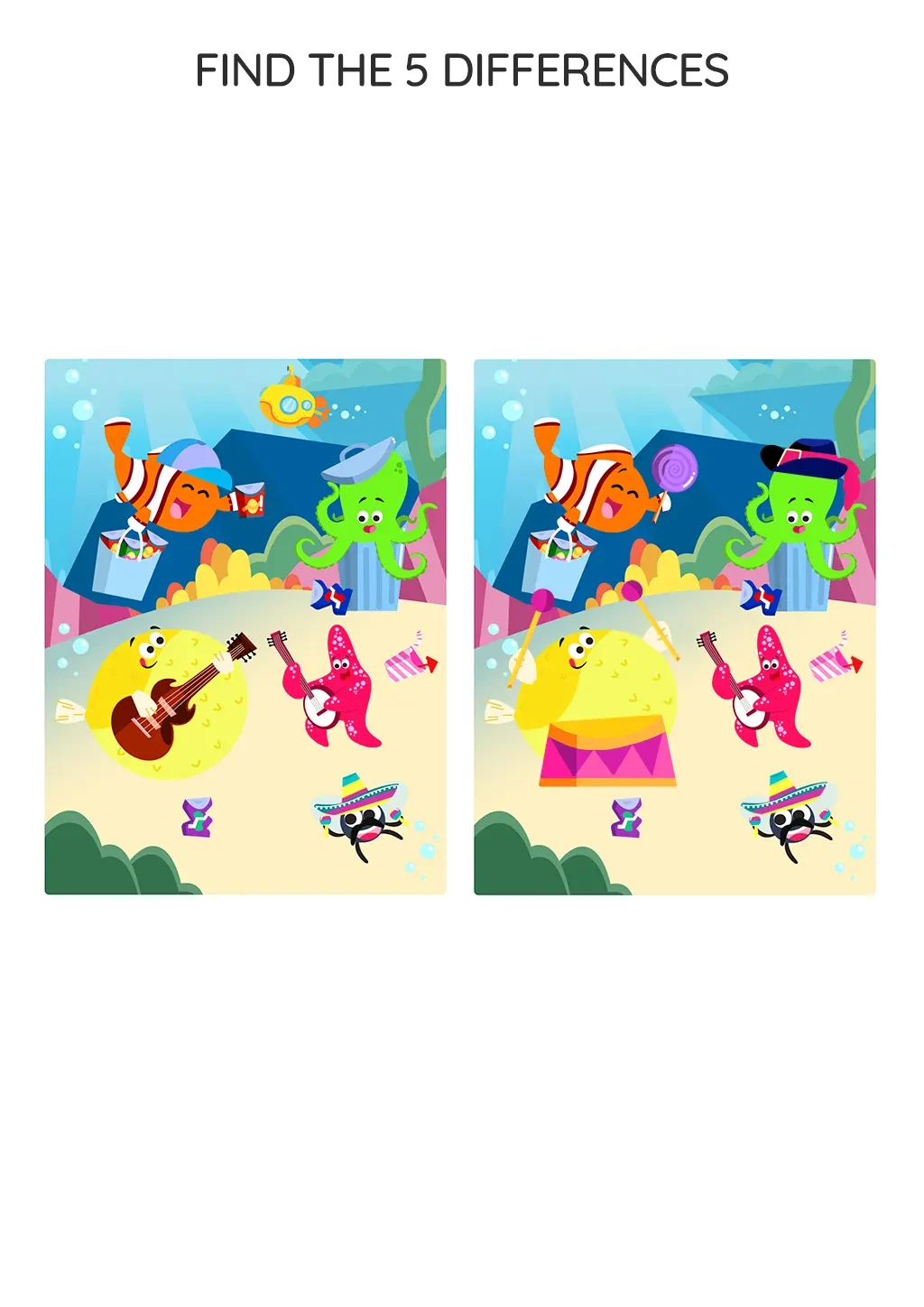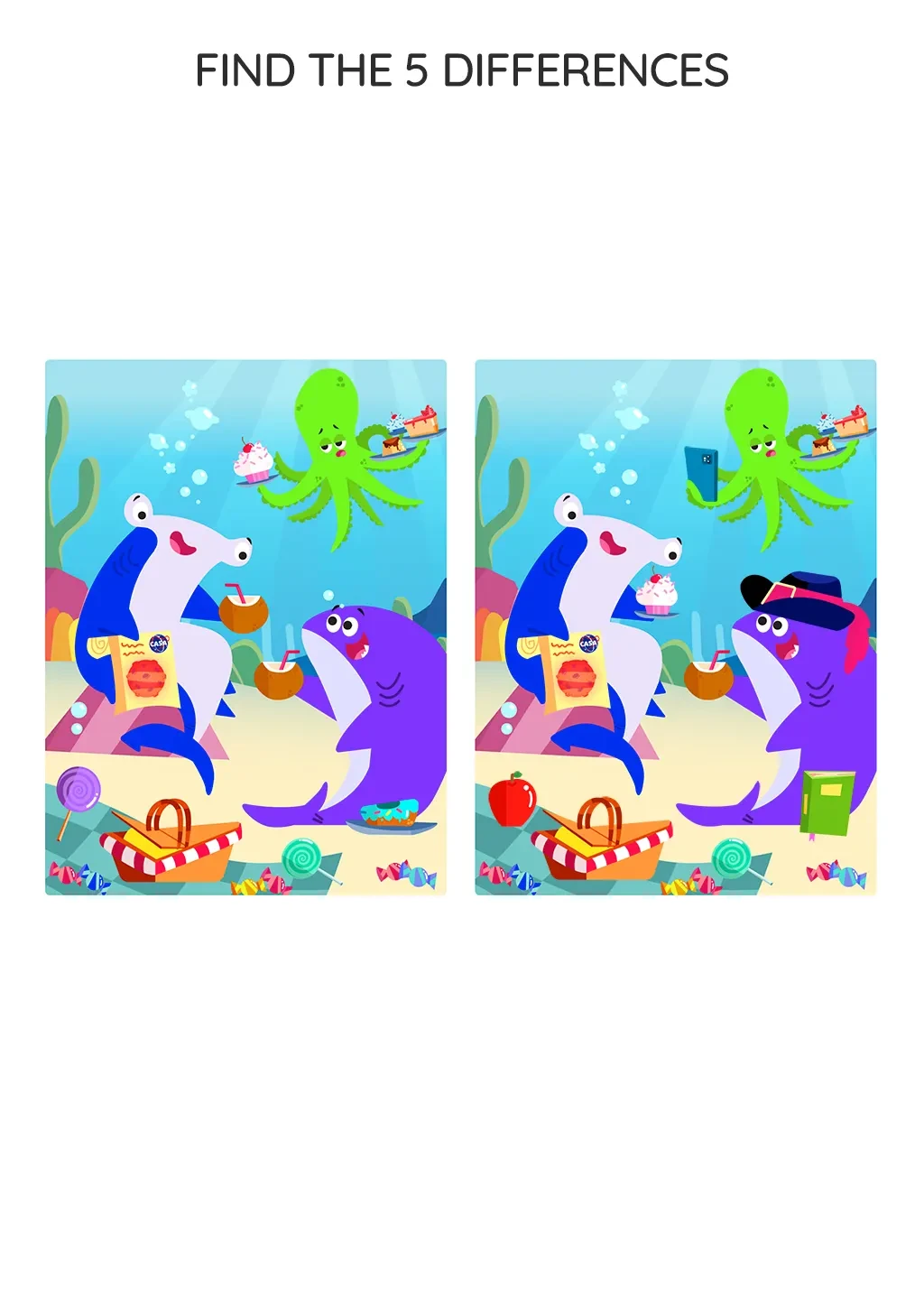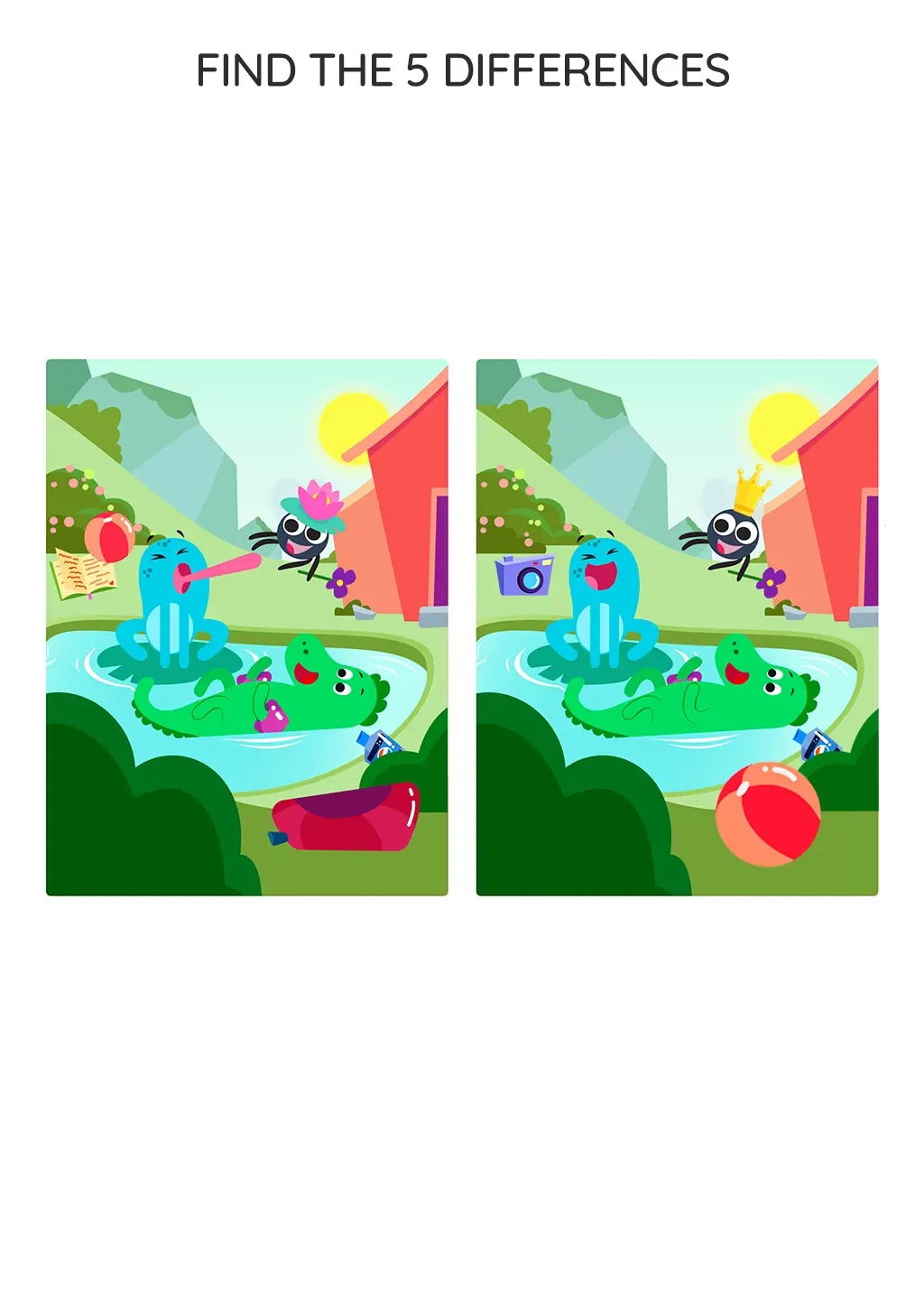A child’s visual attention, the ability to selectively concentrate on a specific aspect of the environment while ignoring other perceivable information, plays a crucial role in their cognitive development. It aids in the perception of their surroundings, enhances learning abilities, and supports the improvement of essential skills such as reading and writing. By fostering visual attention in children aged 3 to 6, we lay a sturdy foundation for their future academic and social achievements. Understanding how to cultivate and support this key cognitive skill is a fundamental part of early childhood education, enabling children to focus, absorb, and process the visually rich world around them.
Visual attention is the cognitive process that allows us to concentrate on specific visual stimuli while filtering out irrelevant details. It’s like a spotlight illuminating the most crucial information in our field of vision, enabling us to process it effectively. For children, visual attention is a fundamental tool for learning and interacting with the world. It enables them to focus on specific objects, identify patterns, and build connections between visual stimuli and their understanding of reality. By fostering visual attention in preschool-aged children, we can enhance their visual learning skills, laying a robust foundation for reading, writing, and the comprehension of mathematical and scientific concepts. Moreover, strong visual attention skills contribute to a child’s capacity to navigate their environment and understand social cues, thus supporting their overall development.
Nurturing visual attention in children doesn’t have to be a complex task. With some simple, engaging activities, you can help develop this essential cognitive skill.
Incorporating these activities into your child’s routine can significantly enhance their visual attention, paving the way for successful learning.
Developing visual attention in children is critical for their cognitive growth. Fortunately, this task can be both effective and fun through engaging games, immersive stories, and hands-on educational cards featured in the Smart Tales app. This app presents a wealth of resources to inspire young learners and encourage their curiosity, helping them master visual attention in a supportive and engaging environment.
Immerse your child in a world of imagination and learning with Smart Tales’ captivating stories focused on visual attention. As they follow along the exciting adventures of our vibrant characters, children not only enjoy the narratives but also boost their visual attention skills, finding and focusing on key details within each tale.
Smart Tales offers a plethora of games that cater to children’s innate curiosity and enjoyment of play, while intentionally developing their visual attention skills. These games, featuring fun characters and interesting challenges, require kids to focus on specific visual cues, enhancing their ability to concentrate on key visual elements.
The educational worksheets available on Smart Tales provide a great opportunity for children to put their visual attention skills into practice. These carefully designed resources guide young learners to focus on specific visual elements, further enhancing their attention span and reinforcing what they have learned from the stories and games.
In conclusion, visual attention is a crucial cognitive skill that plays an instrumental role in a child’s learning journey. Fostering this ability from an early age is vital for their cognitive development and academic success. With a gamified approach, Smart Tales offers an abundance of resources, from captivating stories and engaging games to comprehensive worksheets, all designed to nurture and enhance visual attention in young learners. Make the most of this unique, child-friendly platform to support your child’s growth and make learning an enjoyable adventure.
